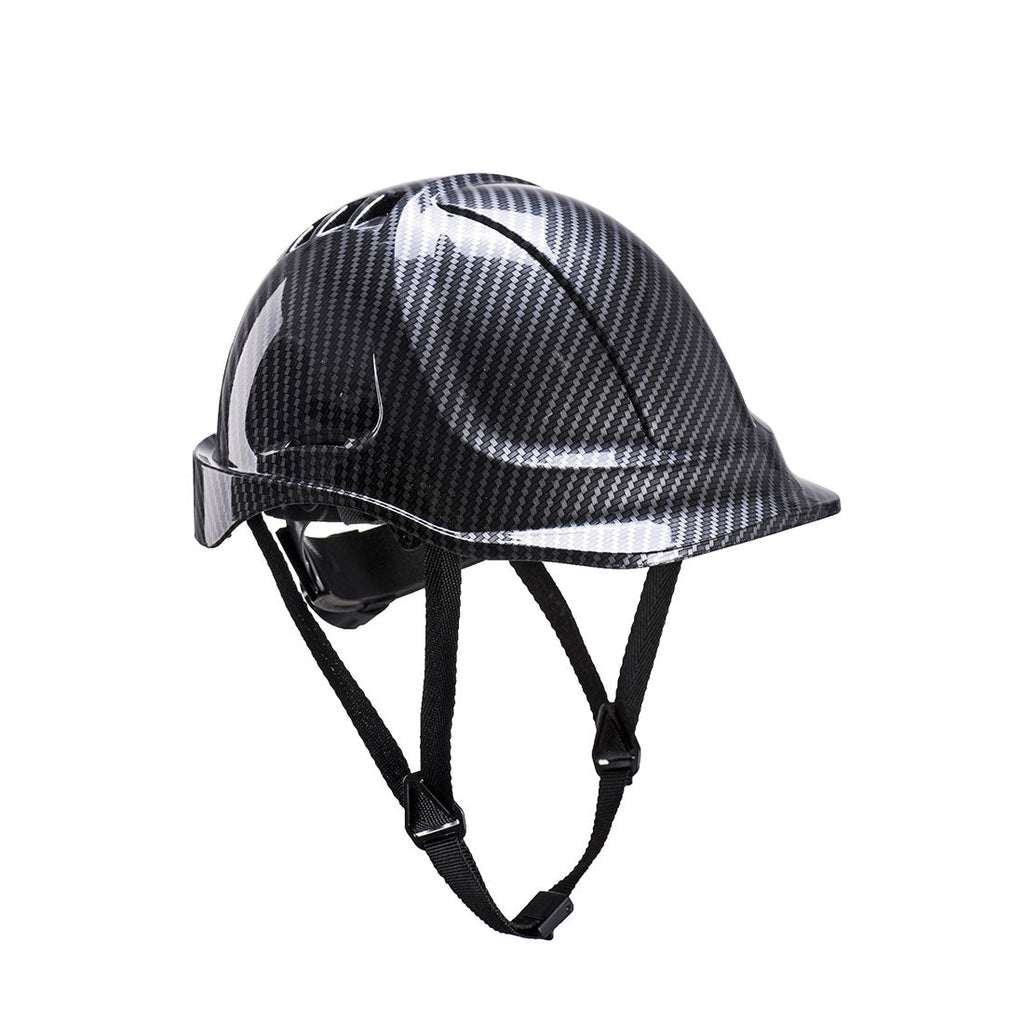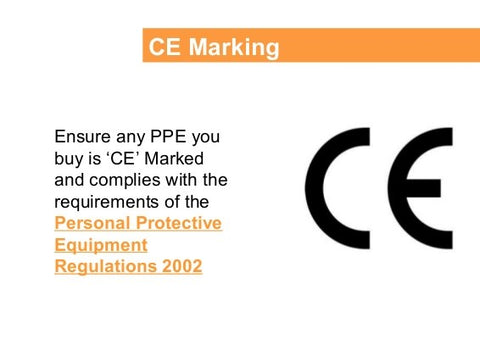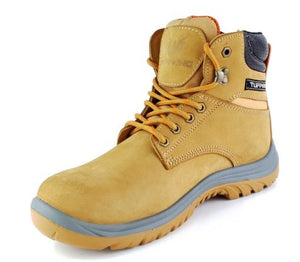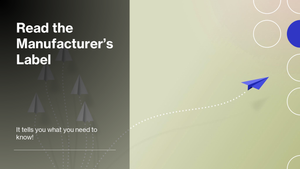Personal Protective Equipment (PPE)

Risk at Work - Personal protective equipment (PPE)
PPE is equipment that will protect the user against health or safety risks at work. It can include items such as safety helmets, gloves, eye and ear protection, high-visibility clothing, safety footwear and safety harnesses. It also includes respiratory protective equipment (RPE).
Employers have duties concerning the provision and use of personal protective equipment (PPE) at work.

Why is PPE important?
Making the workplace safe includes providing instructions, procedures, training and supervision to encourage people to work safely and responsibly.
Even where engineering controls and safe systems of work have been applied, some hazards might remain. These include injuries to:
- the lungs, eg from breathing in contaminated air
- the head and feet, eg from falling materials
- the eyes, eg from flying particles or splashes of corrosive liquids
- the skin, eg from contact with corrosive materials
- the body, eg from extremes of heat or cold
PPE is needed in these cases to reduce the risk.
What do I have to do?
- Only use PPE as a last resort
- If PPE is still needed after implementing other controls (and there will be circumstances when it is, eg head protection on most construction sites), you must provide this for your employees free of charge
- You must choose the equipment carefully (see selection details below) and ensure employees are trained to use it properly, and know how to detect and report any faults
Selection and use
You should ask yourself the following questions:
- Who is exposed and to what?
- How long are they exposed for?
- How much are they exposed to?
When selecting and using PPE:
- Choose products which are CE marked in accordance with the Personal Protective Equipment Regulations 2002 – suppliers can advise you

- Choose equipment that suits the user – consider the size, fit and weight of the PPE. If the users help choose it, they will be more likely to use it
- If more than one item of PPE is worn at the same time, make sure they can be used together, eg wearing safety glasses may disturb the seal of a respirator, causing air leaks
- Instruct and train people how to use it, eg train people to remove gloves without contaminating their skin. Tell them why it is needed, when to use it and what its limitations are
Maintenance
Ensure:
- Equipment is well looked after and properly stored when it is not being used, eg in a dry, clean cupboard, or for smaller items in a box or case
- Equipment is kept clean and in good repair – follow the manufacturer’s maintenance schedule (including recommended replacement periods and shelf lives)
- Simple maintenance can be carried out by the trained wearer, but more intricate repairs should only be done by specialists
- To identify who is responsible for maintenance and how it is carried out
- Employees make proper use of PPE and report its loss or destruction or any fault in it
Other advice on PPE
- Never allow exemptions from wearing PPE for those jobs that ‘only take a few minutes'
- Check with your supplier on what PPE is appropriate – explain the job to them
- If in doubt, seek further advice from a specialist adviser
See the Cardno PPE range. Contact us if you could do with some more advice. We’re always happy to help.
- Cardno Sales Team








